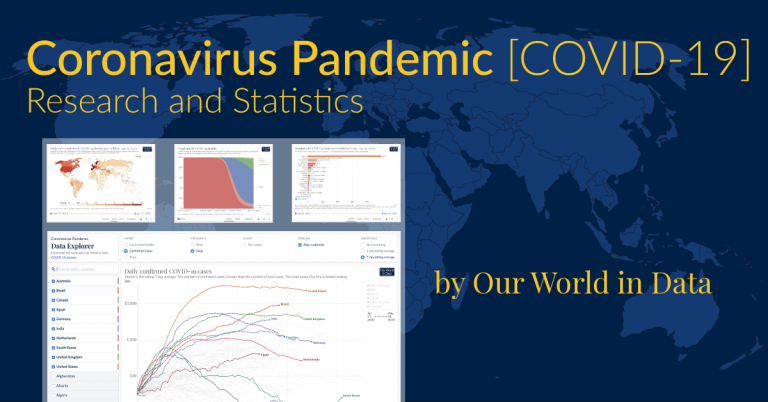I'm a bit concerned our anti-Covid measures here are just slowing the spike instead of stopping it.
That's still a good thing, however.
There are, roughly, four levels of hospital care:
Observation- You had a simple procedure or something's a little wonky and we want to keep an eye on you for up to 23 hours.
Medical / Surgical- You're sick enough to need hospital care (general pneumonia) or had a non-Thoracic surgery (hip replacement, gallbladder removal, &c.)
Step-Down- You're pretty sick where you need more attention and more intense therapies, but we're not worried you're about to die. Non-major traumas from MVA or GSW are often here, as are those who have recovered enough that they no longer need Critical Care.
Critical Care- ICU and equivalent care. You need mechanical assistance to survive (ventilators, ECMO, CVVH, &c.), have major trauma, thoracic surgeries, virulent disease, &c. We need to keep a close eye on you if you're here.
Right now, at the hospital where I work, people who should be in Critical Care are getting housed in Step Down or Med/Surg beds just because we don't have room for them anywhere else. There's a big learning curve going on for nurses and staff who haven't needed to take care of people this sick. Fortunately for me, I've worked at all levels of care, so I can help mentor the staff where I am. But slowing down the inflow of patients at any time gives us more time to send healthy people home or to non-hospital care. It does make things last longer, however. We're about 30% over capacity currently.
Since Omicron is less severe, they need less intense care, so this may be what we need to get sufficient herd immunity to last for the summer, take a breath, and start spreading new therapies to prevent another surge in the fall.

